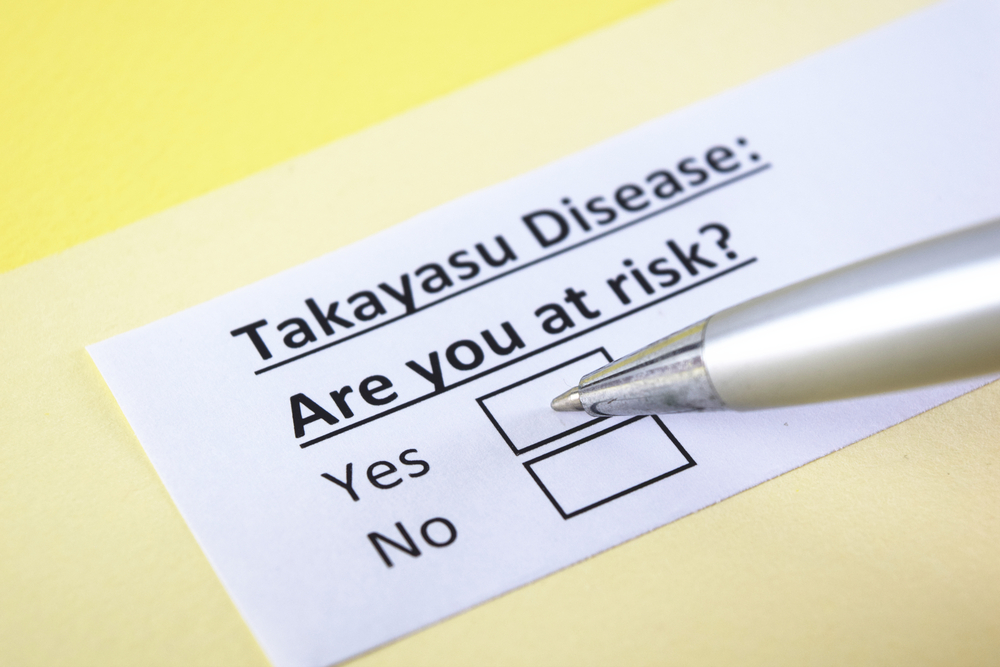DIAGNOSIS
The doctor will ask you about the signs or symptoms that you feel. Also, he/she may conduct:
Blood tests. Your doctor can use this test to check for symptoms of inflammation. Anemia is also checked by your doctor.
X-ray tests. This will allow the doctor to see whether the arteries are inflamed or narrowed, which causes a slowed or interrupted blood flow.
Positron emission tomography (PET). This imaging procedure can gauge the intensity of your blood vessels’ inflammation.
Ultrasonography. A more sophisticated variant of standard ultrasonography may generate pictures with exceptionally high resolution of the walls in the arteries, such as those in the neck and shoulders. It may also be able to detect changes in the arteries before other imaging methods.
Computerized tomography. Is a type of tomography which combines computerized X-ray image processing with the administration of intravenous contrast dye. This procedure allows your doctor to evaluate your aorta’s structure along with its nearby vessels, and monitor the flow of blood.
TREATMENT
The treatment of Takayasu disease is focused on controlling the inflammation with medication and further damage of the blood vessels. Furthermore, treatments may include:
- Bypass surgery
- Percutaneous angioplasty
- Aortic valve surgery
- Medications that control inflammation and regulate the immune system
The disease will continue to be active even if your symptoms improve, making treatment challenging. It’s also possible that by the time you’ve been diagnosed, irreversible damage has already occurred.
Nevertheless, if you don’t have any symptoms or complications, there may be no need for any treatment.


